How to choose the best houseplant to improve your wellbeing - from soothing anxiety to making you feel happier
Pros pick the best plants to ease anxiety, boost mood and improve air quality
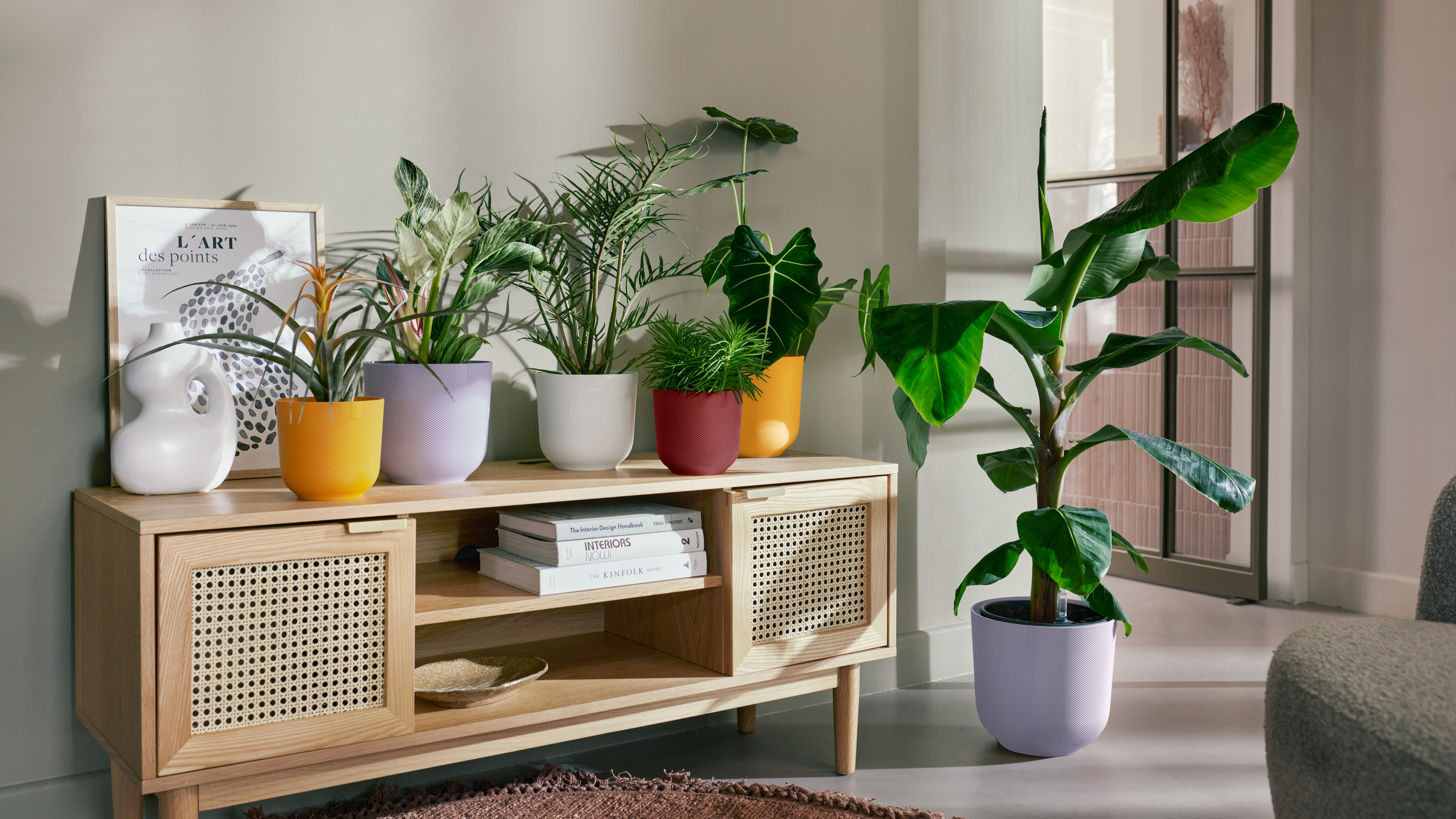

- Best houseplant for mindfulness - Fiddle leaf fig
- Best houseplant for calming - Peace Lilly
- Best calming fragrant plant - Jasmine
- Best houseplant for uplifting - Bromeliad and Prayer Plant
- Best for reducing stress - Snake plant and Pothos
- Best for nostalgia - Spider plant
- Best for comforting - Philodendron and Peperomia
- Best houseplant for air quality - Aloe Vera

There are countless studies to show the benefits of houseplants on our health – whether it’s a spider plant on the kitchen shelf or a peace lily in the hall, having lush and leafy houseplant ideas in our homes has been proven to improve air quality, increase our productivity and reduce stress.
But have you ever wondered which houseplants do the most to improve wellbeing?
An interesting study from the RHS and Reading University took eight types of houseplants and asked participants which ones they felt were better for their wellbeing. They also had to say which they thought were the most uplifting or depressing, healthy or unhealthy, and best for air quality.
The results? Soft and rounded shapes were perceived as better for wellbeing; lush and dense leaves were seen as best for air quality; and while low-maintenance plants were viewed as less stressful to look after, people pointed out the wellbeing benefits of nurturing a plant and watching it grow.

‘This research shows the psychological value of a simple houseplant,’ said Dr Tijana Blanusa, who supervised the study.
Best houseplants to improve wellbeing
We spoke to horticulture experts to find out the exact houseplants they would recommend for wellbeing. And because that word means lots of things to lots of people, we asked them to specify which houseplants are most helpful for different tasks from soothing anxiety to boosting your mood.
According to the RHS study, caring for plants as well as simply viewing them, provides additional well-being benefits for some people, who enjoy the reward of tending to their houseplant and watching it thrive. So we found out which plants help us feel good as we look after them.
Sign up to our newsletter for style inspiration, real homes, project and garden advice and shopping know-how
Best houseplant for mindfulness - Fiddle leaf fig
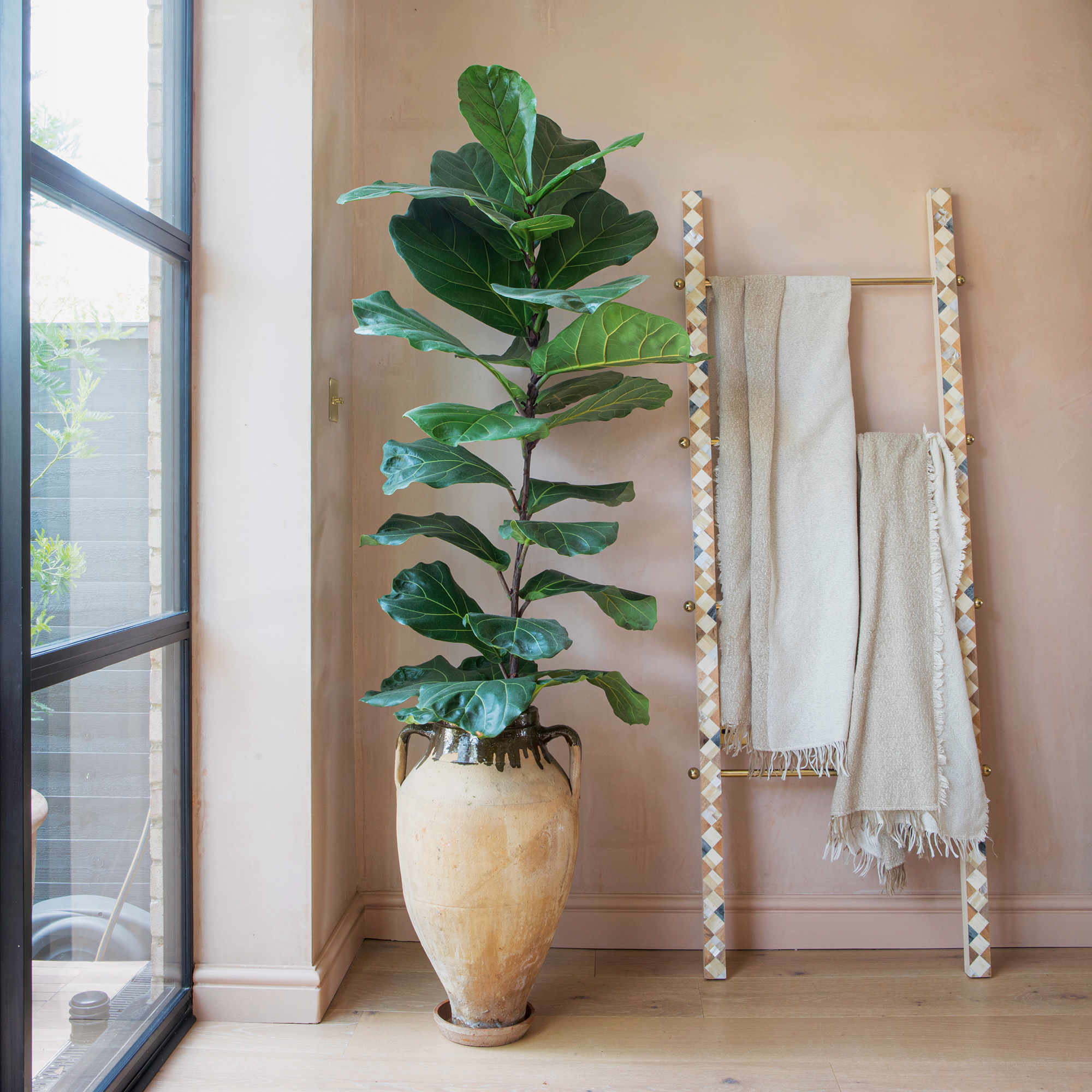
The fiddle leaf fig is one of the best houseplants to create a calming environment, due to its appearance and care regime.
‘This boasts a majestic appearance with its large and glossy leaves. However, to maintain its pristine condition, regular dusting is necessary, and this repetitive task can turn into a meditative, calming practice, offering an opportunity to establish a deeper connection with the plant's presence as you make it shine. Focusing on each leaf can promote mindfulness and appreciation for the beauty of nature,’ suggests Julian Palphramand, head of plants, British Garden Centres.
Best houseplant for calming - Peace Lilly
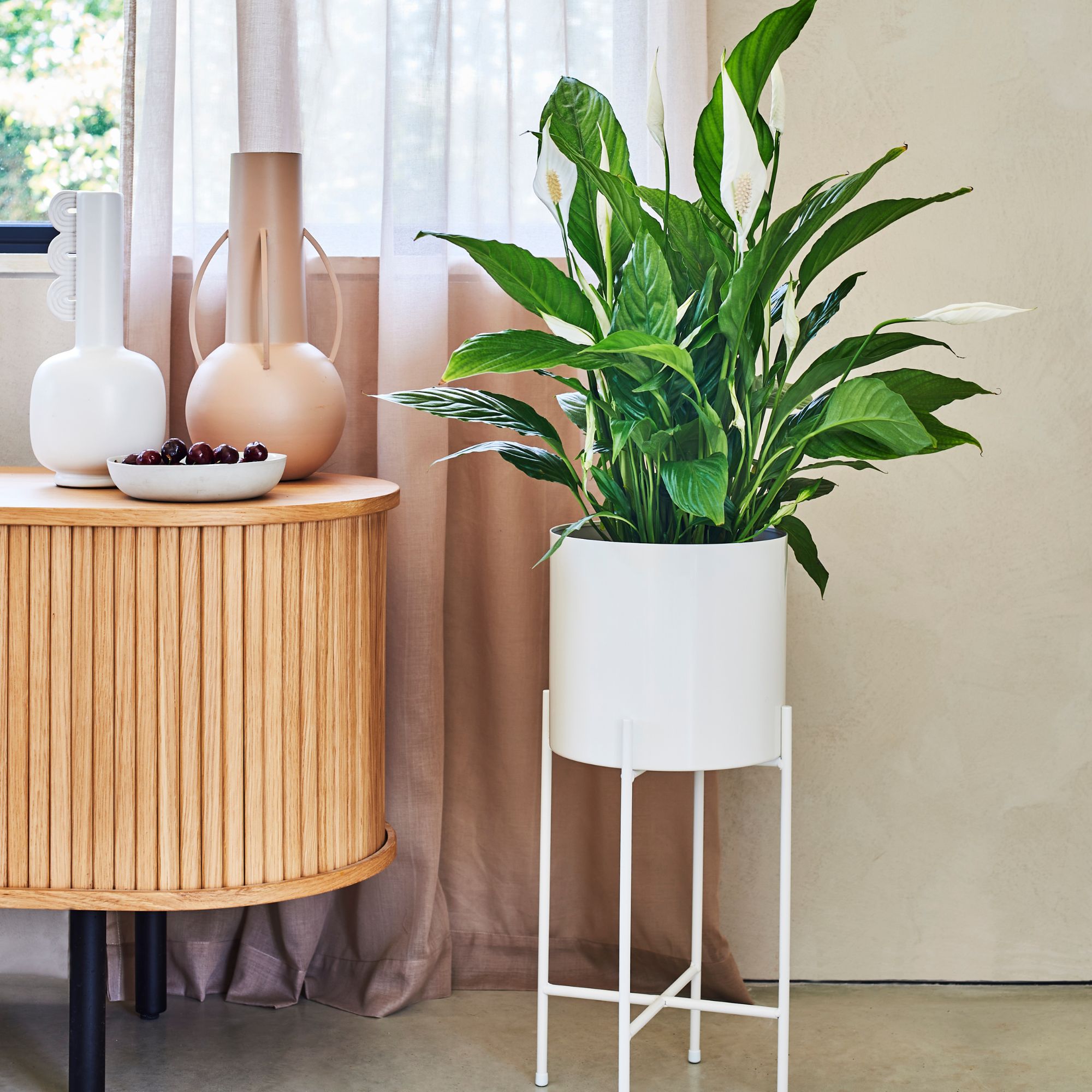
Want a relaxed and feelgood vibe for your home, so you can chill out in your space? Then the peace lily could be your go-to. It's a great plant for your bedroom to help you sleep better.
‘For a serene and tranquil atmosphere, the peace lily surely reigns supreme. The clue is in its common name,’ says Henry Davenport from houseplant experts, Hortology. ‘Its elegant white flowers and lush green foliage not only add visual appeal but also help to purify the air and reduce stress levels. Plus, the peace lily thrives in low-light conditions and is relatively low maintenance, so you don’t have to stress about its care – just enjoy the calming vibes it brings.’
Best calming fragrant plant - Jasmine
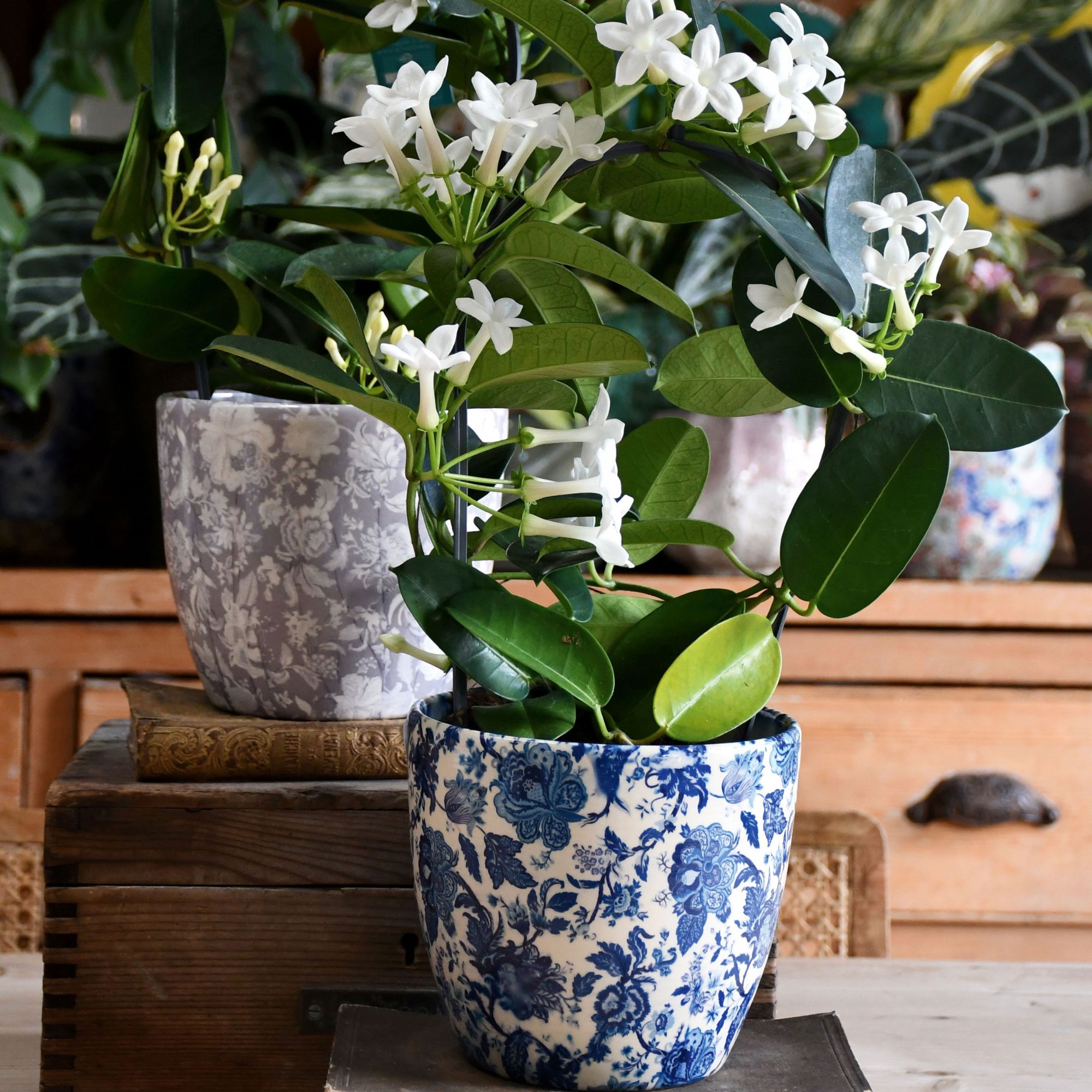
If scent is the thing that brings you instant calm, then look for a fragrant houseplant like Jasmine.
‘Nothing is more calming than a jasmine indoors,’ says Julian Palphramand from British Garden Centres. ‘Jasmine emits a sweet fragrance that can promote relaxation, improve sleep quality and can be therapeutic for anxious minds. It requires bright light and moderate watering.
Best houseplant for uplifting - Bromeliad and Prayer Plant
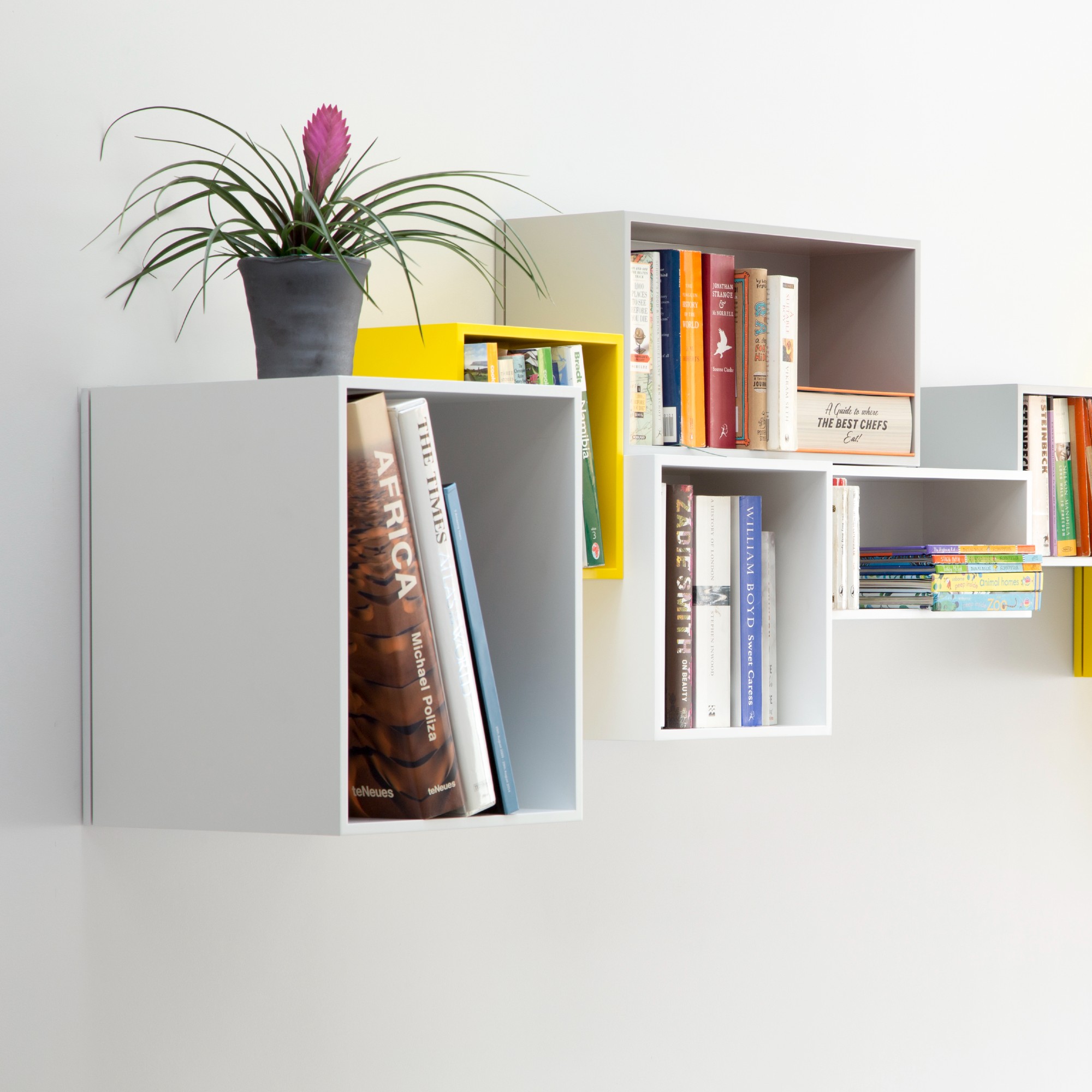
Our brains respond to bright colours by releasing the feelgood chemical, dopamine, giving us a natural high. So it stands to reason that colourful houseplants can help us feel happier.
Bromeliad is a great option with is tropical flash of pink. ‘If you're looking for a plant that can add a pop of colour and a tropical vibe to your home, consider getting a bromeliad. These plants feature striking foliage in vibrant hues of red, orange, yellow, pink and purple,’ says Julian Palphramand. ‘In addition, bromeliads often produce brightly coloured blooms that can last for several weeks.’
A prayer plant is another option to inject a splash of colour and energy into your space. ‘With its strikingly patterned leaves that fold up at night resembling hands in prayer, the prayer plant adds vibrancy and dynamism to any room,’ says Henry Davenport. ‘Its unique foliage and fascinating movements throughout the day can uplift spirits and infuse joy into your surroundings.’
Best houseplant for reducing stress - Snake plant and Pothos

If you’re not naturally green-fingered, then caring for a high-maintenance plant may increase your anxiety rather than reducing it. But you don’t need to miss out on a little biophlic therapy. Instead, choose an easy-care plant unkillable option like a snake plant. Caring for a snake plant is very easy.
‘The snake plant, also known as Mother-in-laws tongue is a no-fuss, striking addition to your plant collection that requires very little attention,’ explains Patty Willem from sustainable plant pot company, elho. ‘It can tolerate low light and needs watering only every couple of weeks when the soil is almost completely dry, making it perfect for first-time plant parents or those with busy lifestyles who still want to add some nature into their lives. They will also literally remove toxins and pollutants from the environment, providing some air-purifying benefits, too.
Pothos is another anxiety-proof plant recommended by Patty. ‘It’s renowned for being practically unkillable, thanks to its drought-tolerant roots and ability to thrive in even the darkest of rooms, so this is a great choice for most people. It also offers a dramatic trailing effect perfect for a statement shelf or bookcase, or for a hanging pot, or you can pot it with a moss pole and watch it climb.'
Best houseplant for nostalgia - Spider plant

Psychologists say that a sense of familiarity can help us to feel comforted and secure – it’s why nostalgiacore has been a hit for those seeking a relief from overwhelm and uncertainty. For plant lovers, the good news is that your favourite houseplant can bring the same sense of wellbeing.
Spider plants are a timeless indoor plant that has been popular for decades. ‘You might even remember your parents or grandparents owning one. These plants are easily recognisable by their arching leaves and spider-like plantlet babies that hang from long stems. For many, spider plants evoke fond memories of seeing them in their childhood homes or schools, making them a sentimental choice for some,’ says Julian Palphramand from British Garden Centres.
Hortology’s Henry Davenport also selects the spider plant as a safe bet for invoking nostalgia. But he advises that the experience is inherently personal, so you’ll need to think back to the plants that filled your childhood home, or that you associate with a happy tie in your life.
‘I remember the huge, dust-covered leaves of the rubber plant that sat in my school's primary school foyer, and the tropical sprawl of a particularly impressive monstera deliciosa in the glass house at the local botanic gardens,’ Henry says.
Best houseplant for comforting - Philodendron and Peperomia
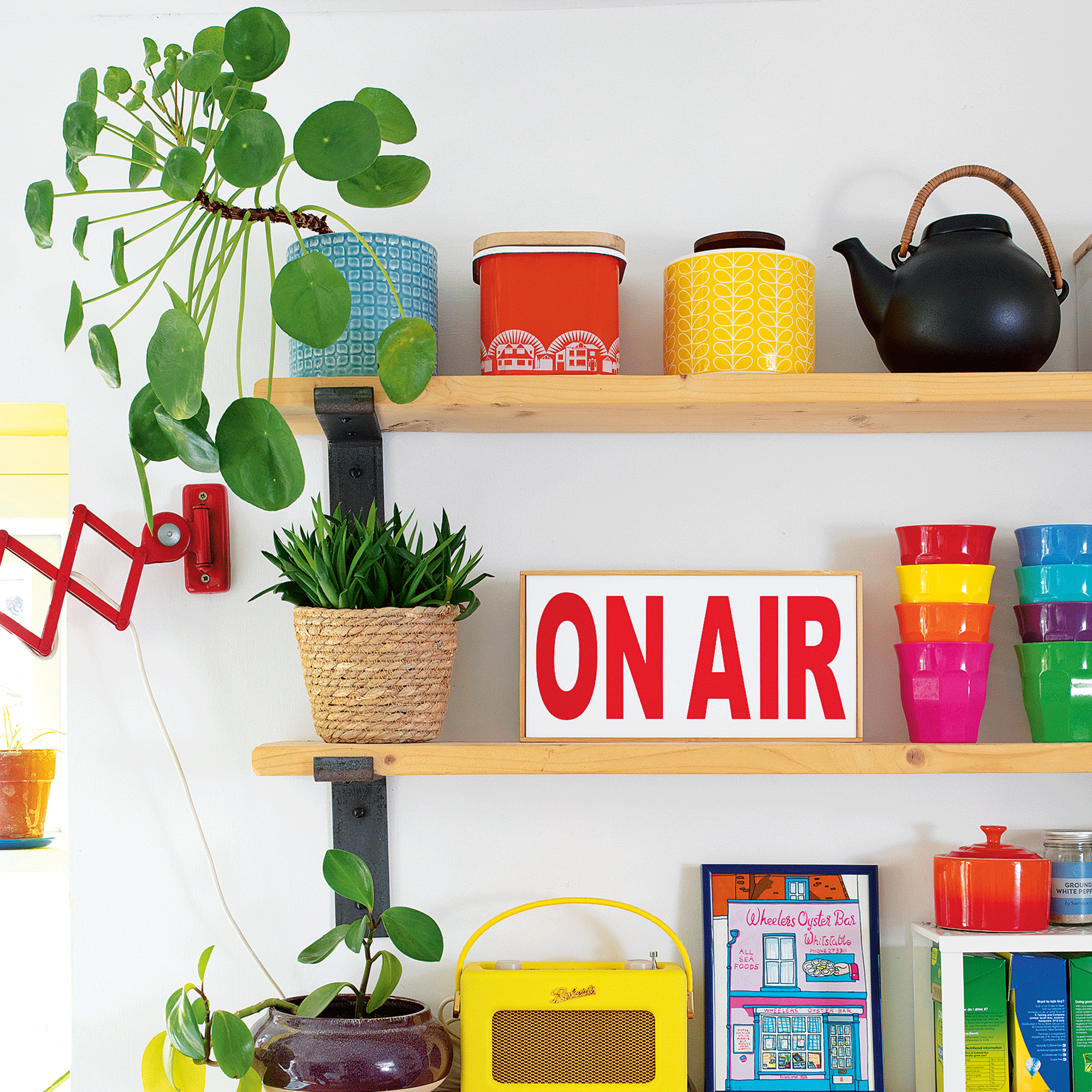
The weeping fig may have come top for promoting feelings of comfort and security in the RHS study, but it doesn’t get the vote of Henry Davenport. ‘The idea was that plants with rounded leaves appeared the most beautiful, relaxing and uplifting to the biggest number of people. But if you’ve ever owned a weeping fig, you know the rate of leaf loss often leaves you feeling less than secure and comforted,’ he says. Instead, he recommends Philodendron and Peperomia.
‘Species like Philodendron and Peperomia are a far better choice as they have rounded lush leaves, but most importantly, they’re easy to care for. Feel secure and comfortable safe in the knowledge your houseplants are going to remain looking lush without a huge amount of input.’
Best houseplant for air quality - Aloe Vera, Peace Lilly, Pothos

All houseplants will play a part in improving the atmosphere in your home, but there are some that are renowned as the best air-purifying indoor plants including Aloe Vera, Peace Lilly and Pothos.
‘Aloe plants are also great for improving air quality,’ says Patty Willems from elho. 'They release oxygen into the atmosphere and absorb carbon dioxide, as well as filtering a range of other toxins such as carbon monoxide, making it another great plant for improving air quality in the home.’
The Peace Lily is another of Patty’s choices. ‘The peace lily is one of the top houseplants for removing harsh chemicals from the air, absorbing airborne toxins through their leaves, before sending them down the plant to the roots, where they are broken down and absorbed back into the soil.'
Henry Davenport is a fan of the Pothos. ‘This resilient vine is excellent at removing toxins like formaldehyde, benzene and xylene from the air, helps to catch dust particles and is good at regulating humidity,’ says Henry Davenport from Hortology. ‘Easy to grow, propagate and style in multiple ways, it truly is a must-have in any home.
‘If air purification is high on your list of desirables, it's a good idea to think about what kind of problems you're having to select the most suitable plants,’ Henry continues.
‘If it’s too dry or damp, look for plants that will regulate humidity, like ferns, palms and ivy. If it’s dusty, go for plants that lower dust levels, like Zamioculcas zamiifolia or rubber plant that have large surface areas to catch dust that can then easily be wiped off. If polluted or stale air is the problem, go for plants that remove Volatile Organic Compounds (VOCs) that naturally build up in modern homes from furniture, car exhausts and breathing without proper ventilation.’
If there’s one thing that’s better than an individual plant to boost your wellbeing, it’s an entire houseplant collection.
‘Take the time to collect and curate your favourite species, find perfect plant pots, style them, water them, clean them, and maintain them,’ Henry Davenport says.
‘Nothing immerses you in the mindful and meditative practice of owning houseplants quite like committing to multiple types. Start with a few easy-care varieties and as your confidence increases, you can begin to add more and more.’
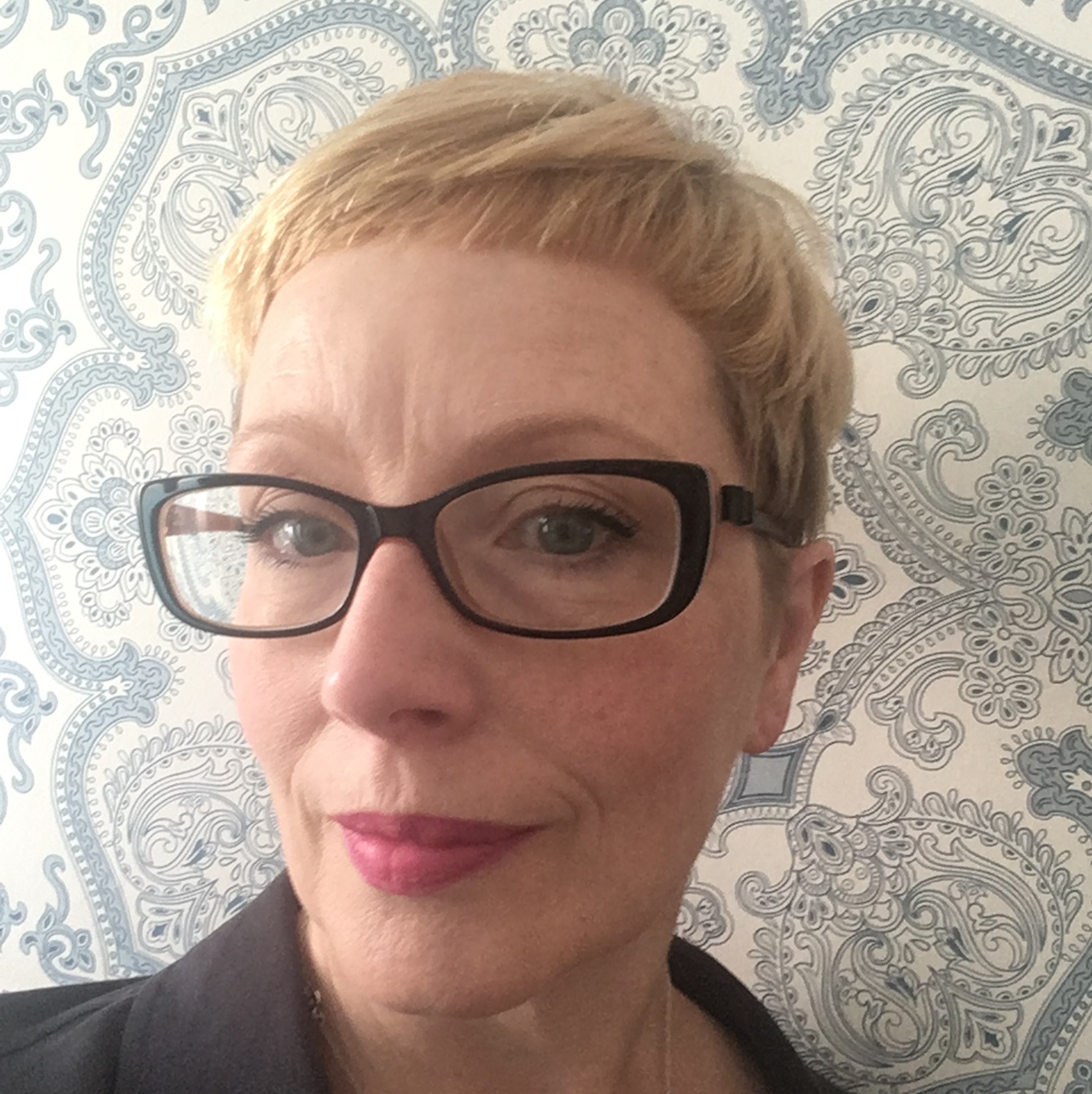
Andrea began her journalism career at Ideal Home and is currently Editor of our sister title, Country Homes & Interiors, which celebrates modern country style. Andrea is passionate about colour and how it can transform both our homes and our sense of wellbeing, and has completed The Power of Colour course with the prestigious KLC School of Design. Andrea's career spans interiors magazines, women's lifestyle titles and newspapers. After her first job at Ideal Home, she moved on to women's magazines, Options and Frank. From there it was on to the launch of Red magazine, where she stayed for 10 years and became Assistant Editor. She then shifted into freelancing, and spent 14 years writing for everyone from The Telegraph to The Sunday Times, Livingetc, Stylist and Woman & Home. She was then offered the job as Editor of Country Homes & Interiors, and now combines that role with writing for idealhome.co.uk.